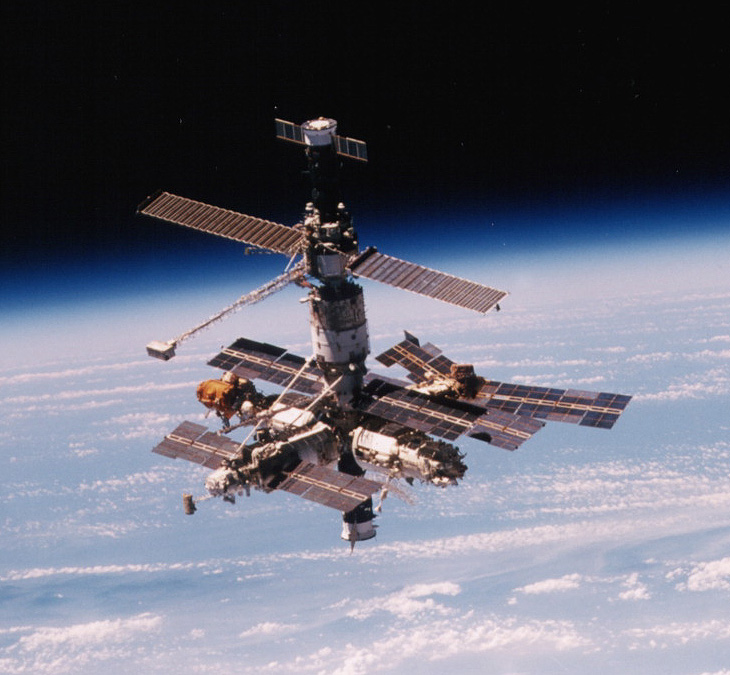- Liittynyt
- 27.1.2004
- Viestejä
- 2 590
Eipä ole. Sen takia vertaisinkin mielummin F-15 ja Mig-29, kuten tuossa ylempänä pari kertaa mainitsin.Tuosta raptorista vielä, että ei taida olla oikein järkeä verrata mig-29 ja raptoria. Käsittääkseni Raptor on täysin ylivertainen verrattuna migiin, sillä se on lähes täysin stealth kone. Lento-ominaisuudet ilmeisesti samaa tasoa, mutta nuo stealth ominaisuudet tekevät siitä aivan ylivoimaisen.
F-22 on uuden aikakauden kone ja en tiedä, että Venäläisillä olisi mitään vastaavaa olemassakaan. Kuten sanoit, stealth jne. ominaisuudet tekevät siitä täysin eri aikakauden lelun.









